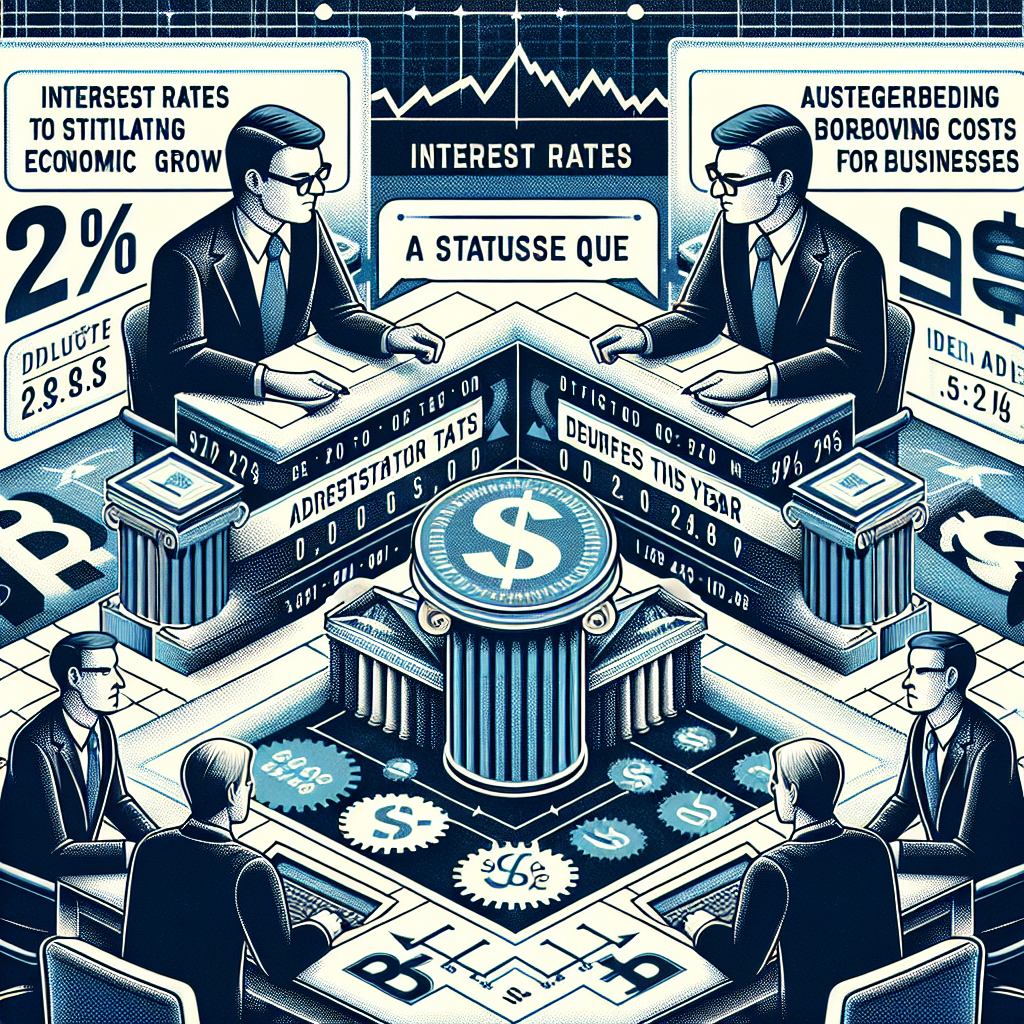Interest rates are crucial for stimulating economic growth and reducing borrowing costs for businesses. However, the Federal Reserve, which cut interest rates three times in the second half of last year, has maintained a status quo this year, leading to sharp disagreements between President Trump and Federal Reserve Chairman Jerome Powell.
How should we view this rift? What does the rate cut mean for the U.S. economy? Chris Ching, a guest professor at Columbia Business School and a Chinese-American scholar, recently stated in an interview that the Trump administration’s advocacy for interest rate cuts is not a political maneuver but rather a move to establish a monetary policy system more aligned with Supply-side Economics to strengthen U.S. economic sovereignty and create a more favorable financial and asset environment for the middle class and high-skilled immigrant groups.
Ching, who is a licensed attorney in California and an international auditor with extensive experience as a senior executive in Wall Street investment banking, believes that the Federal Reserve’s policy of maintaining high interest rates since 2023 has drawn widespread criticism from the markets and industry for being “overly tight.” Despite multiple rate cuts last year, interest rates remain high, and the pace of rate cuts has halted since President Trump took office.
In a recent campaign speech, President Trump publicly stated that Powell does not understand the real economy, and that the U.S. needs a central bank that supports growth rather than stifling it. Senators Josh Hawley and Rand Paul have also introduced the “Fed Accountability Act.”
Ching believes that this disagreement fundamentally stems from clashes between two economic ideologies. Powell leans towards the neoclassical “inflation priority” theory, while Trump’s support for Supply-side Economics emphasizes that “investment and production are the fundamental drivers of long-term growth.” This perspective aligns with Nobel laureate in economics Robert Mundell’s idea that a country cannot achieve long-term growth by limiting consumption but rather by stimulating capital formation.
Trump’s economic policy inclination can also be seen in the potential nominees for the next Federal Reserve Chairman post after Powell.
Among the potential successors to Powell, the most prominent voices include Kevin Hassett, Trump’s former chief economic advisor, and Larry Kudlow, former director of the National Economic Council. Ching points out that both individuals are staunch supporters of Supply-side Economics and advocate for creating a new growth model for the U.S. through a combination of “low interest rates + structural tax reforms + incentives for the manufacturing industry,” emphasizing that monetary policy must serve the strategic goals of investment inflows, corporate expansion, and domestic manufacturing.
Ching states that if the Federal Reserve were to adjust its monetary policy in line with President Trump’s preferences, adopting a stance of “gradual rate cuts” or “anticipated looseness,” interest rate-sensitive industries like technology and real estate would receive significant boosts.
According to calculations using the “Taylor Rule” model, the current natural interest rate in the U.S. may already be below 4%, while Powell’s insistence on a policy rate of 5.25% signifies a misjudgment of monetary tightening. Referring to recent analysis by Harvard University economics professor Jeffrey Frankel, Ching notes, “The Fed’s current policy lags behind the downward trend in inflation, which is inhibiting mid-term growth.”
While Powell faces pressure to resign, sparking concerns about “central bank independence” in some media outlets, Ching argues that the Trump administration has not undermined the institution but rather institutionalized a mechanism for holding the central bank accountable.
As recently pointed out by Senator Ron Johnson, “Powell has not been held accountable, yet the Federal Reserve Bank wields immense market influence, which contradicts democratic accountability principles.” Supply-side economist Thomas Sowell has also bluntly stated, “If the central bank continues to disconnect from the real economy, it will weaken its public legitimacy.”
Ching believes that Trump aims to establish a monetary system that truly serves the manufacturing industry, the middle class, and the innovative economy. For Chinese communities whose core values revolve around family stability, asset security, and investment in education, a clearer, more stable, and “growth-friendly” central bank institution will serve as an institutional safeguard for their long-term development in the United States.
“This will not only increase confidence in capital allocation but also inspire more Chinese entrepreneurs to accelerate capital formation,” Ching says. For the Chinese community, “This not only signifies a decrease in interest rates but also represents a return to the core values of the national financial direction. The future Federal Reserve will no longer just be an anti-inflation machine but a strategic partner in success for families, businesses, and immigrants in America.”

